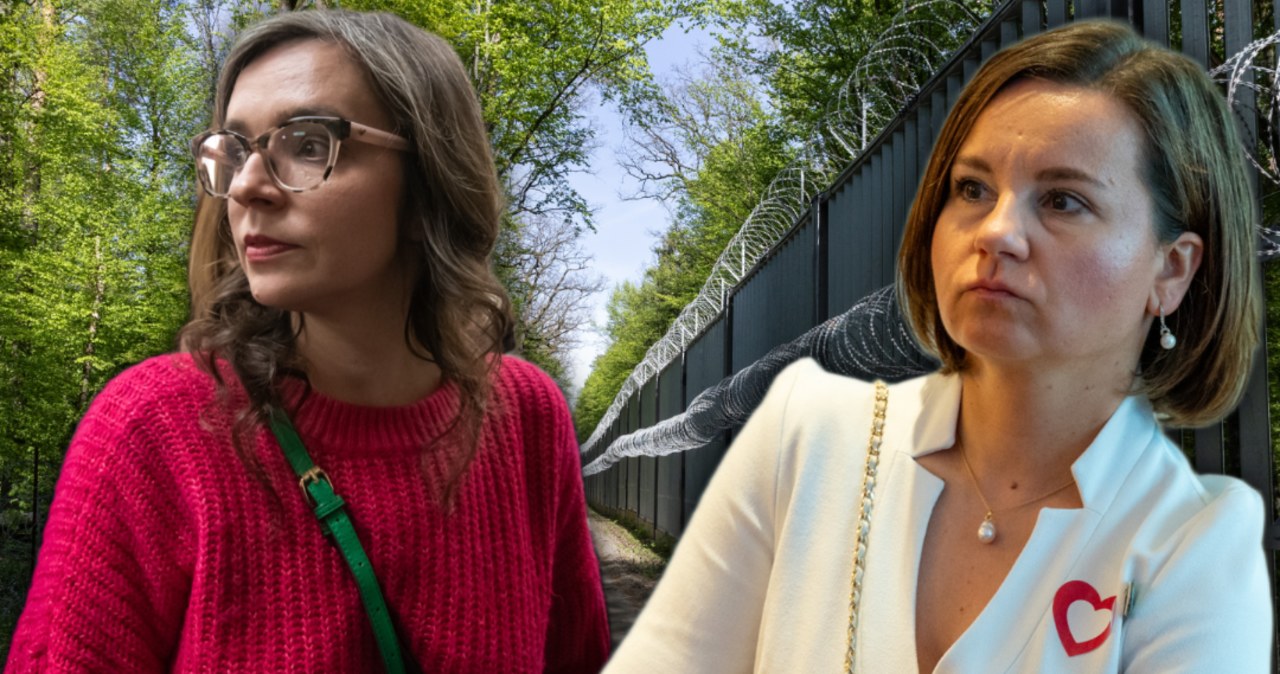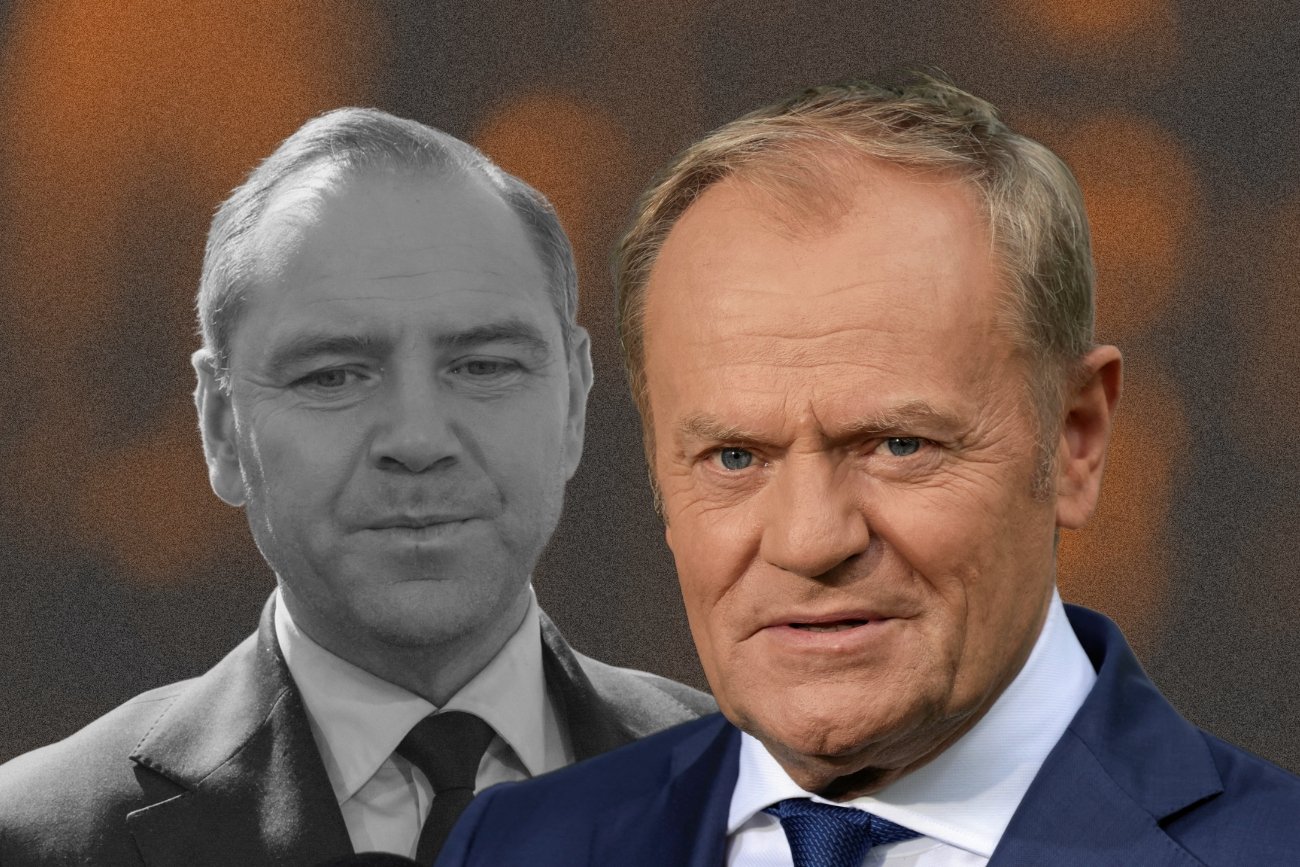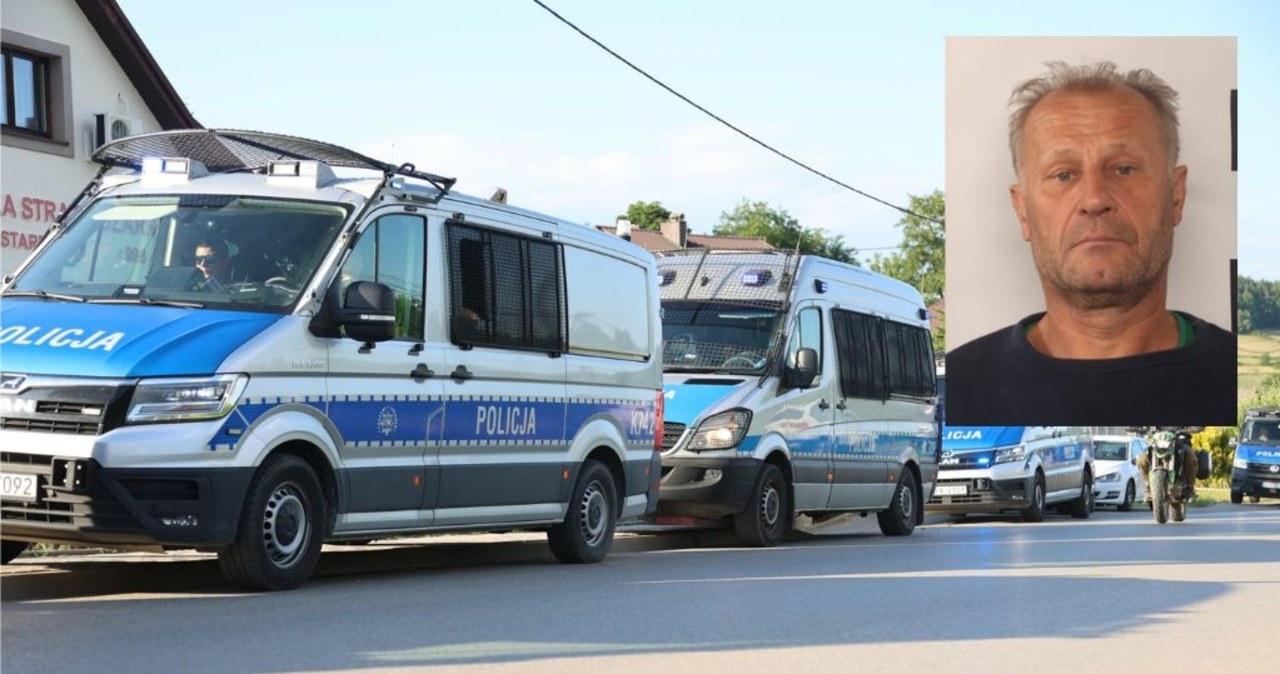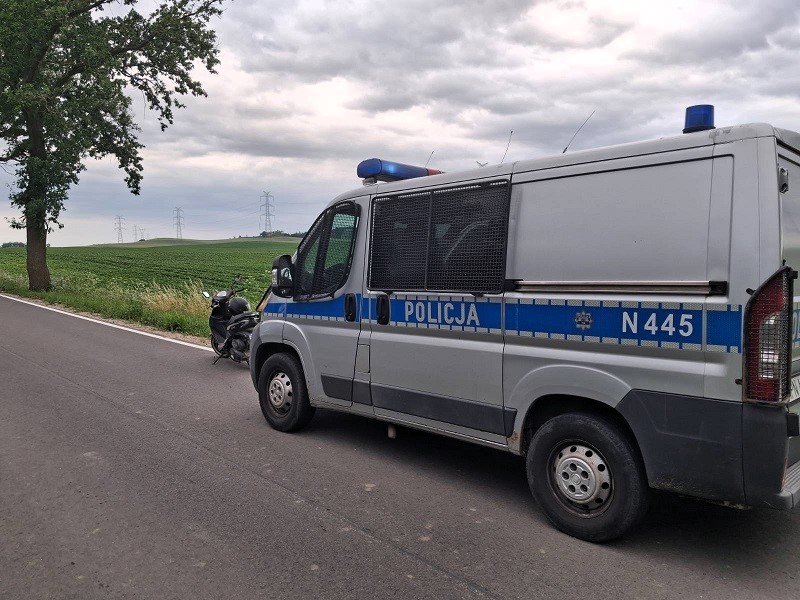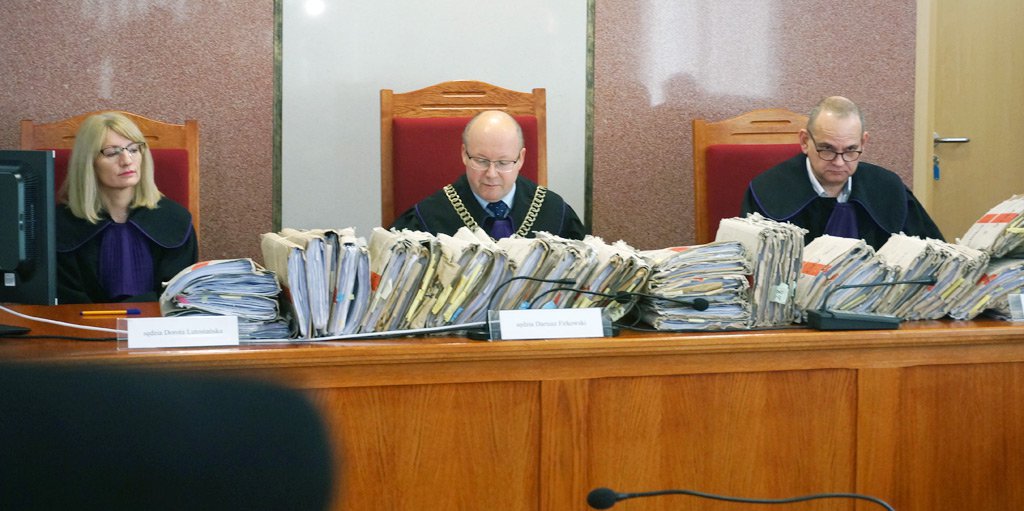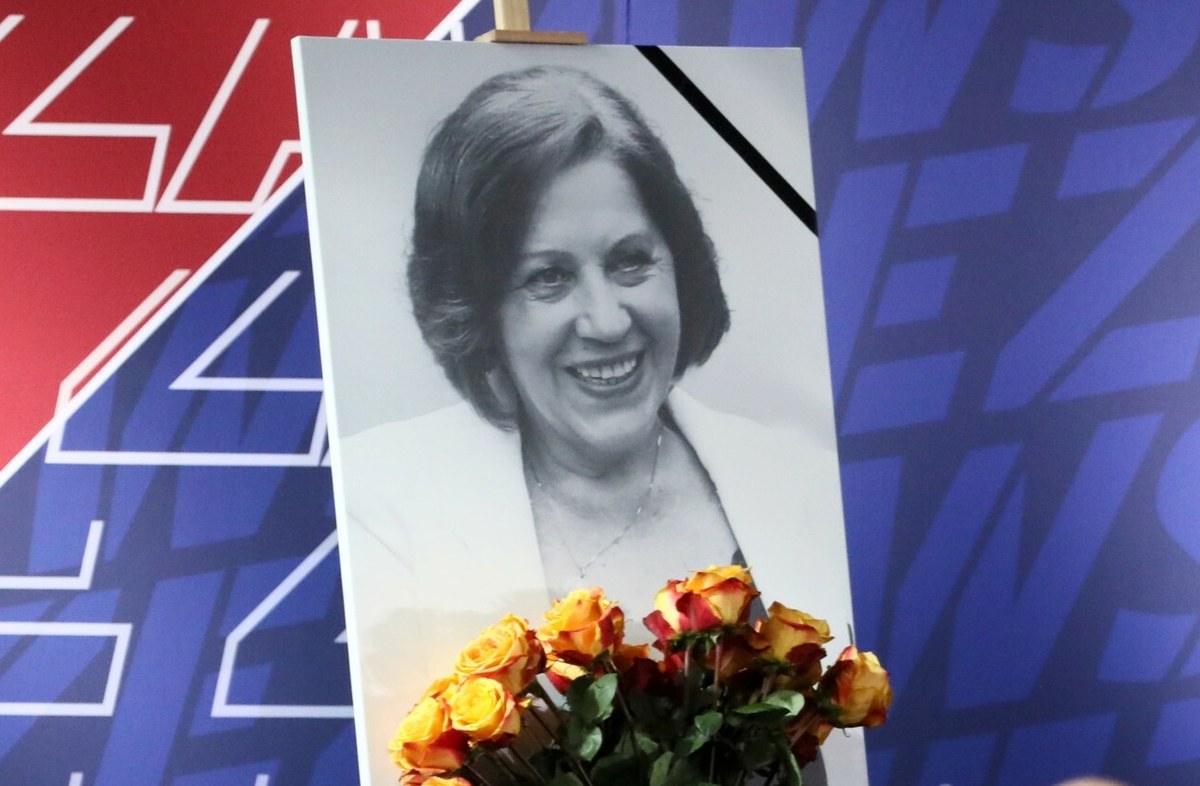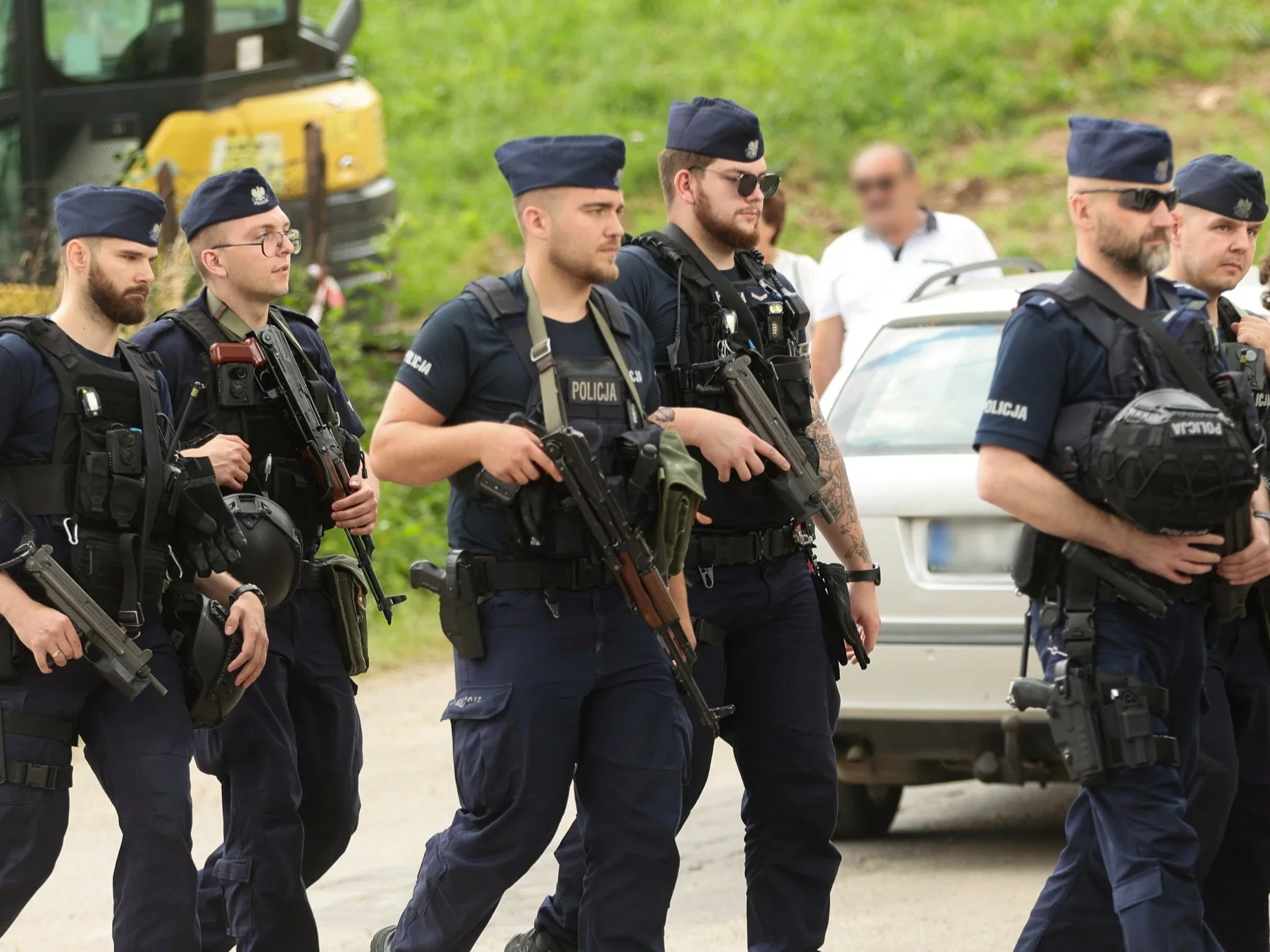Illustrated Courier regular IKC
The protection is not to prevent any work being carried out at the facility, but to do everything possible to keep this facility in usage at all times – says the Małopolskie provincial monument conservator Katarzyna Urbańska and sums up the first year of work in this position.
PAP: It has been a year since you took up the function of a provincial monument conservationist. What was the time?
Catherine Urbańska: Difficult. Especially at first, due to the immense backlog. We started with 200 cases per employee. There were 40 in November. Even now, I am finishing any things from 2020. Currently, there are about 29 cases per worker and they are dealt with in statutory terms.
PAP: erstwhile then Minister of Culture Bartłomiej Sienkiewicz presented your appointment a year ago, he spoke about “the demolition of this office”. In turn, you asked for time, explaining that “you must rebuild the office from the very beginning.”
K.U.: It looked like the office had not functioned for almost 2 years. First, I had to focus on analyzing what had happened and why.
We have reviewed cases, the degree to which they are complicated and how they were handled. Since the scale of delays and deficiencies was so large – 20 1000 unfinished cases – I asked the Małopolska Provincial Office in Krakow to carry out a substantive audit of the office's work, falling between 2022-2024. The results of the checks were no surprise to me, but they allowed me to confirm my proposals and take steps to improve the work of the office.
PAP: present we can tell what happened?
K.U.: Much indicates that the decision was missing. The intent of the office's policy was to conduct cases in specified a way that the maximum hold at the time of the decision or even not to take a decision was postponed. For example, respective or respective conservation recommendations were issued to 1 case, which did not bring anything and sometimes excluded each other. 1 case was able to lead respective different employees due to the immense rotation. There are cases conducted by two, even 4 years by 9 employees, of whom only 1 presently works. From the information I received in the office, neither curious nor employees were allowed to contact the directorate. There was no anticipation of consulting the case, the proposals examined waited for months for the signature of the director, after which they were returned for improvement. The office was closed to everyone. In my opinion, not only was cognition missing from the rules of functioning of the public administration, but besides cognition about the protection of monuments themselves.
PAP: Any news of failure in monuments?
K.U.: From my observations and observations I can conclude that respective years of deficiency of decision making have contributed to the collapse of many historical buildings. For a minimum of 2 years there was a stagnation in the conservation, construction, renovation or maintenance area. This was visible to the bare eye, without any peculiar verification of proceedings.
PAP: Were any omissions reported to the competent authorities?
K.U.: There have been complaints about the dimension of proceedings, addressed to the ministry and court. Both the Ministry and the court maintained the position of the complainants in 90% of cases. I met with specified complaints besides after I took office, but they afraid proceedings which in the meantime have already been completed by me.
PAP: What changes did you make at the office?
K.U.: First of all, I wanted to introduce clear guidelines for workers: how applications are to be dealt with, what to pay attention to and how to formulate letters to be understood. Workers can come to me at any time for a consultation on substantive matters. The policy of the office has been clarified and implemented. During the erstwhile year, any 34,000 cases were received by the office, which is much more than in fresh years. Of all these cases, there was no longer 1 complaint about the dimension of the office's work.
PAP: You stated that the predecessors lacked an thought to defend monuments. What's your idea?
K.U.: To defend something, you request to know how to do it and whether it is actually a protection. The protection, in my opinion, is not to prevent any work on the object from being carried out, but to do everything possible to keep it in use. A utilized building is alive if it's not there, it's going to be ruined.
In the case of fresh projects – they should not pretend to be monuments. Modern architecture should be visible, but should besides respect the context of its surroundings. A large example, which illustrates my perception of contemporary architecture in historical tissue, is the realizations which I conducted as an worker of the Provincial Office for the Protection of Landmarks in Krakow: the building of the KTO Theatre at 50 Zamoyskiego Street or the Warszauer Hotel at 10 Warsaw Street.
PAP: How many applications made present at the office contradict the principles of preservation of monuments?
K.U.: Over the years, you can see a change. erstwhile I started working at this office in 2006, there were actually ideas that the investor wanted to completely rebuild the historical building, in specified a way that there was nothing valuable left in it. It's uncommon today. I think that paradoxically this stagnation has made investors aware that the fight against the conservator is not profitable and better suited to the principles of the protection of monuments, the substance that has been found, than to effort to transform it into its own fashion. In addition, the recipient, the guest of the hotel, the owner of the flat in the historical building was there due to its past and does not want to admire further interiors from Ikea. present it is more clear that investors and designers have more respect for the past and I hope that we will not return to this demolition from erstwhile years.
PAP: The elimination of mosaics in the Forum resumed the question whether the erstwhile hotel should be considered a monument. Do you think it's worth protecting him?
K.U.: The Forum deserves to be kept. Apart from architectural issues, it is an inseparable part of the Kraków landscape. In a survey of the conditions and directions of improvement of the city of Krakow, the Forum hotel was recognized as a good contemporary culture. The thought to start protecting contemporary architecture was born in 2007. The Forum was at the time a subject of discussion not only about architecture but besides about average inhabitants. It was mentioned in "Atlasie of contemporary cultural goods of the Lesser Poland Voivodeship". Looking at his interest over the years, protecting him after so many years of discussion should no longer origin controversy.
PAP: possibly we are inactive utilized to another types of monuments?
K.U.: The monument is associated with something that is truly old – castles, palaces, tenement houses. But more and more younger facilities are included in the registry of monuments, specified as the Kiev cinema or the Cracovia hotel. The forum was put into service rather late, as it was not until the 1980s. The construction lasted many years, was complicated, but at the time erstwhile it was completed, it was the most modern hotel facility in Poland. Besides, it is 1 of the fewer buildings erected in the kind of brutality. Hence this bold natural form, innovative plan and spatial solutions. The entry in the registry of monuments distinguishes objects that have unique features.
PAP: What is the phase of work on the application for specified an alert, submitted by SARP?
K.U.: The case is inactive pending. We asked the National Heritage Institute to prepare an opinion setting out the value and historical value of the building, which would qualify it for entry in the registry of monuments.
PAP: What challenges do you see before the office in subsequent years?
K.U.: The most crucial thing remains the preservation of what we have – spatial governance and historical construction. I think that many residents, officials, investors have learned how crucial our UNESCO area is and how easy we can lose it. And finally, I would like to focus my attention on the Old Podgórz. I have any ideas. But it's besides early to betray them.
Julia Kalęba (PAP) spoke


